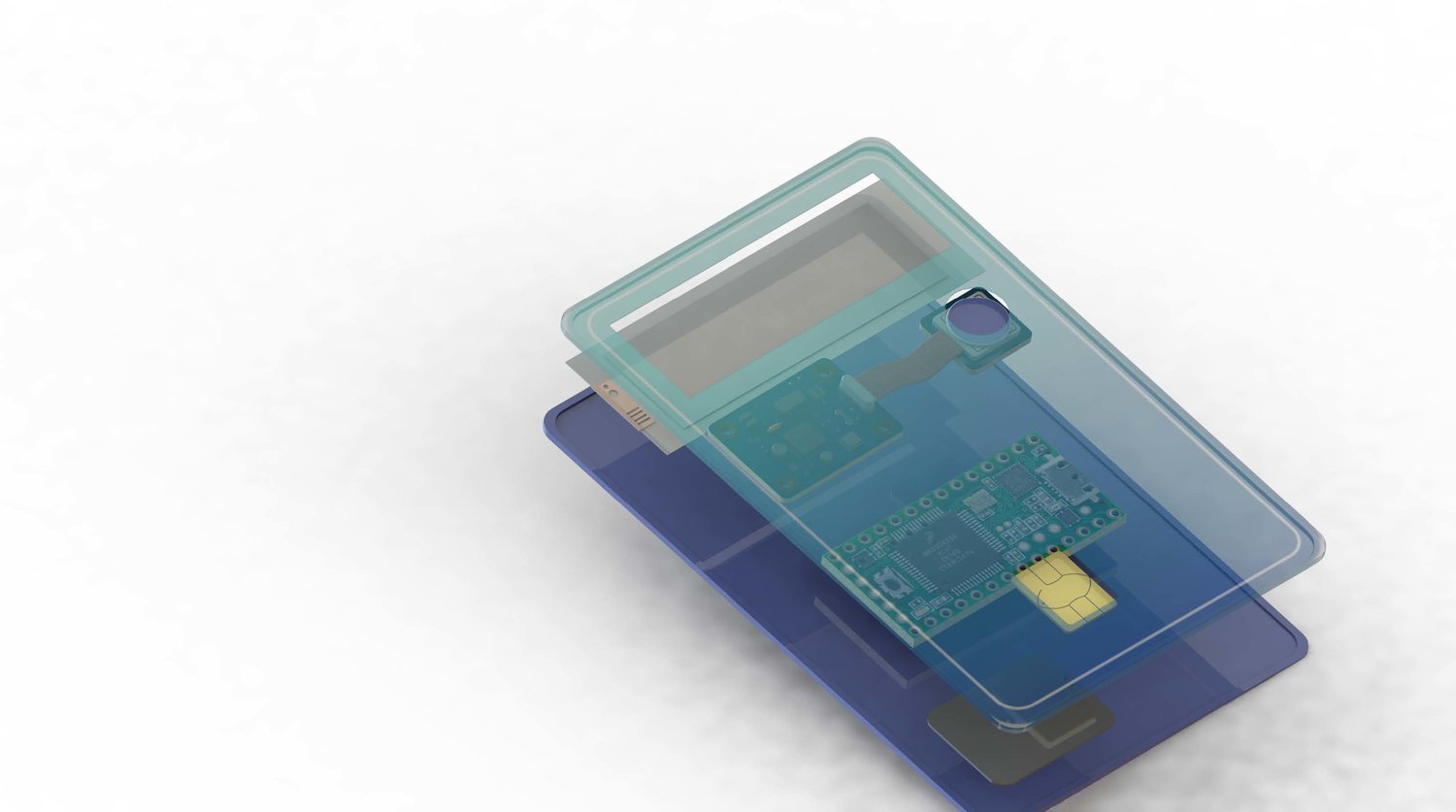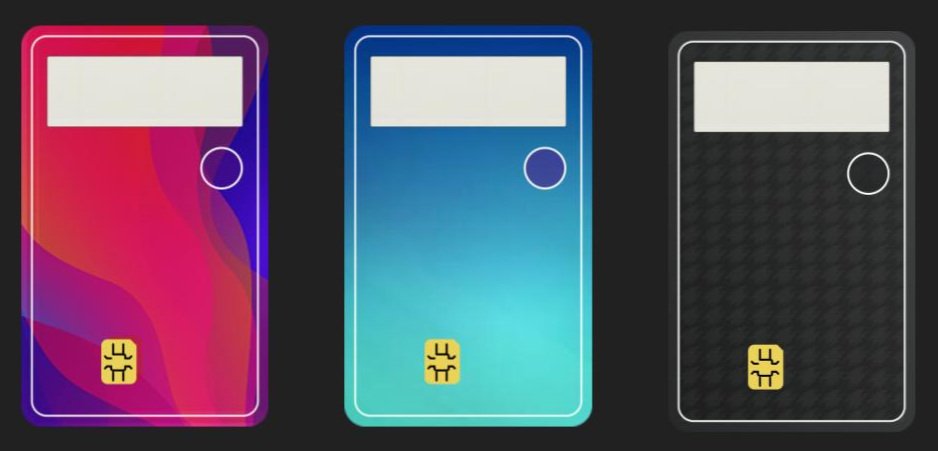
Token
Oppo Research Project
The idea for the product is came from the technology that is used in mobile phones, but without changing the people’s payment habits. It is to consolidate all of one’s cards into a single credit card shaped device. This can take advantage of the emerging technology that is used in mobile wallets but in a form factor which many consumers are used to.
Design: InDesign, Illustrator, Photoshop
Prototyping: Plastics, Vinyl Printer, Audrino
Evolution of Payments
Payments have evolved since it’s beginnings as bartering and trading livestock, which was advantageous and enabled both parties to get what they want. Of course, technology and society moved on to more modern ways to pay. We live in the age of paper money and credit cards. While this is true, payment technology has extended to embrace the internet as well as mobile payments, which allows merchants to not be tied down to a cash register. While the technology is advanced, especially with the growing popularity of crypto-currencies, many people still rely on debit and credit cards.
About 71 percent of people still use debit and credit cards as their primary method of payment. This is intriguing because of the emergence of ApplePay, AndroidPay, AliPay, and SamsungPay. In fact, only 29 percent of those with iPhones have set-up ApplePay. Of that 29 percent, only 12 percent have used it at least once. It is different with AndroidPay, where only 13 percent have set-up and used it at least once. Even though technology is moving forward, people are hesitant to change their habits.
Features: An e-ink screen • Battery • Touch sensor & fingerprint reader • EMV chip • Arduino Teensy • Bluetooth Low Energy • Near Field Communication (NFC) capability • Memory Unit
The Build
The e-ink screen displays the card information, including issuer, last for digits, date of expiration, and a nickname the user gives it (i.e. business, debit, credit, etc.). The touch sensor allows the consumer to shuffle between the cards on their device. The integrated fingerprint reader allows the consumer to unlock the card to use. This adds extra security to the device so that no one but the owner can use it. The EMV chip and NFC allows for the card to be used for chip terminals and tap-to-pay units respectively. The Arduino Teensy is the logic unit that drives the device and attached is a Bluetooth Low Energy chip that allows the device to connect to a phone. Finally, the memory unit is where the card information is stored.
The Prototype
I first created a digital prototype with Photoshop. This allowed me to map out the user experience as well as the interface. I then used these images to print out vinyl stickers to place them on a piece of metal that I shaped to have the same dimensions of a credit card. I used this to test how big the e-ink screen should be, the placement & size of the touch sensor, and the overall feel & ease of experience. I also created a 3D printed prototype, which ended up breaking due to mishandling by a tester. There were many materials that I thought to use as the casing to the components. This included anodized titanium, tungsten metal, and plastic. I chose to pursue metal first because I wanted the device to feel premium. The one issue is that there might be interference with the NFC chip, as NFC has trouble reading through metal. I was not able to test this because I did not have access to titanium or an NFC chip.
What I’ve Learned
I’ve learned that consumers are nervous to try new payment technologies, specifically changing their habits. This is not a new idea, but a refined idea. Companies with similar products have launched in the past, but most of them failed due to bad product design and product launches. I truly believe that the technology is now available to make this device go mainstream. Not only will it increase security, but it will help those who are weary of mobile wallets have the same function and security, but in a physical form.





